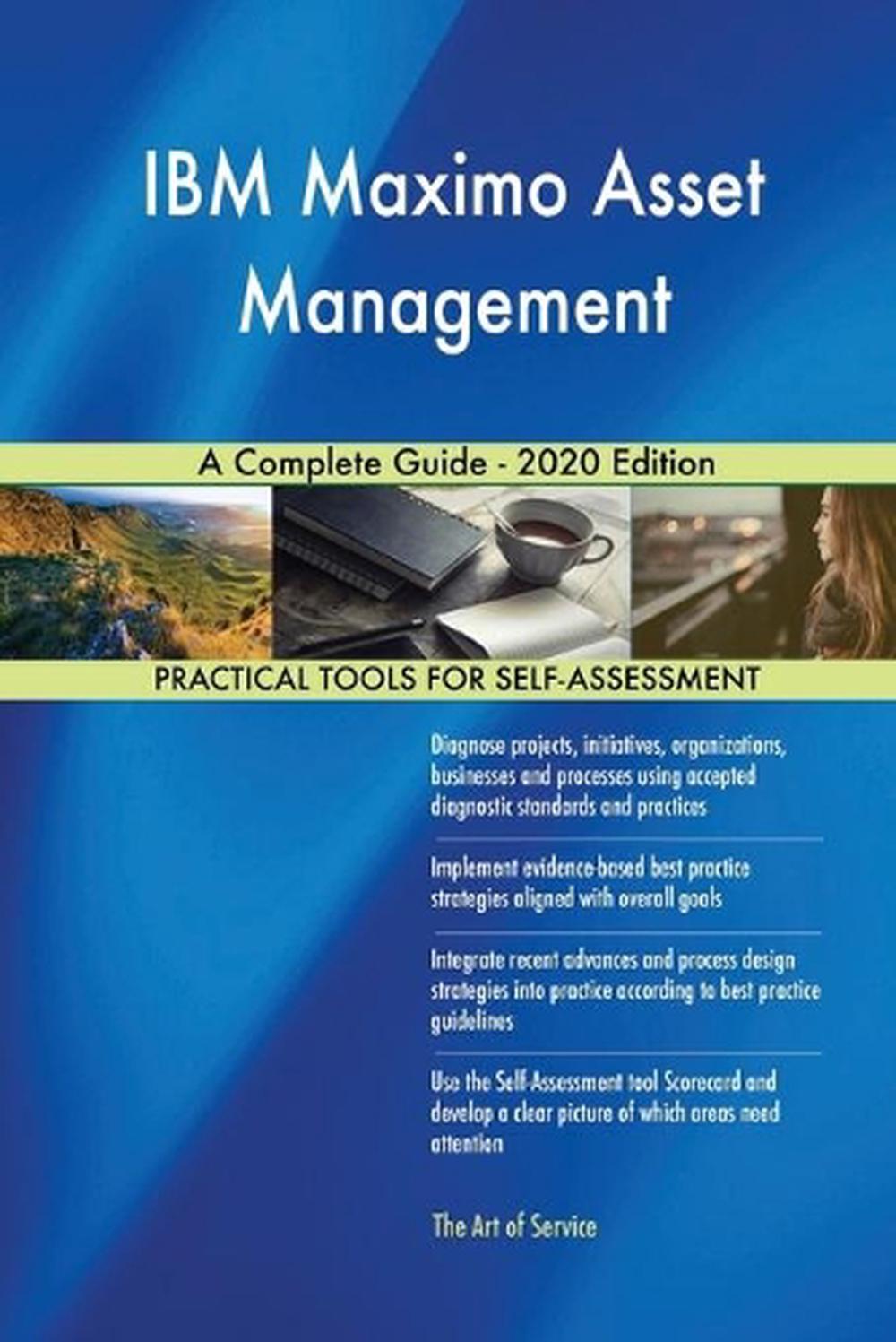

On the GIS side, the customer’s desire was to only pass data to Maximo when the GIS data was posted to SDE.Default (not just edited within a version). The real-time integration would be based on the linked attributes as mentioned above. Once we got the GIS data converted over into Maximo and established the initial linkage between the two systems using the ID fields, we had to support the real-time integration between GIS and Maximo going forward. The AssetAttrId contains the id of the attribute for each “type” of asset whereas either the NumValue or ALNValue columns will contain the actual values for the attributes: The following screenshot shows the generic classification (specification) table columns. Tuning the Maximo Oracle database is absolutely critical! The only issue we encountered is that because it uses one big table, it can get very slow. This is indeed a very flexible data model because you end up with one big table for all the classification attributes for all of the different asset types.
#IBM MAXIMO INTEGRATION GUIDE SERIAL#
For example, a pole would track class, height, and material, whereas a transformer would track rated KVA, serial number, and gallons of oil. The classification is a dynamic model that allows you to set up attribution for each asset type.


Then any “type”-specific attribution is modeled into the Maximo classification.
#IBM MAXIMO INTEGRATION GUIDE INSTALL#
These include common “header” values such as the asset number, the asset type, the install date, etc. Maximo has a fairly generic data model where they track a consistent set of fields for ALL locations and ALL assets, whether it’s a pole, a pad, or even a gas valve. Our GIS pole record ended up tracking a MXEAssetID/Number and a MXELocationID/Number to provide the two independent links. The savvy reader will now note that if a GIS pole was mapped to both a Maximo location and an asset record then we’d have two sets of Maximo IDs to track in GIS. This provided an attribute-level link between the GIS records and the Maximo records. We then took a reverse data load from Maximo with these ids and assigned them back onto the GIS records. In some cases a single GIS record like a pole would map to both a pole structure location AND a pole asset record.Īs we migrated the data into Maximo, the Maximo system would assign several Maximo-specific ids to the records for both the locations and assets.

Our challenge was to map all of the GIS records into the above hierarchy and then to populate the Maximo Oracle tables as required. For example you might have a pole, transformer, and multiple down guys all assigned to the same pole structure location. You can also have multiple assets assigned to the same location. A quick example of this would be modeling a pole assembly asset record as a child asset of the pole record. The asset records can also get more complex when you start talking about parent and child assets. The location hierarchy can be as simple or complex as you want. In the picture above, the green boxes are Maximo Location records and the pink box is a Maximo Asset record. The simple example I often give from our implementation looks something like this: This effort was completed at the database level with scripting and some custom GIS extraction applications.įor those of you not familiar with Maximo data structures, the model is based on a hierarchy of locations which can serve as collection points for asset records. Our participation was twofold.įirst, SSP won the contract to convert much of the asset data that had previously been managed only in the GIS into Maximo locations, assets, classifications, and work order history. SSP worked extensively with an Esri/ArcFM™ GIS integration to Maximo between the years of 20. Many of these utilities have asked about SSP’s opinion and experience with Maximo Integration and/or Maximo Spatial which makes it a worthy topic for a quick blog post. IBM has been pitching Maximo Spatial for years with the ability to integrate the Maximo Location and Asset functionality directly to and Esri geodatabase. Over the last few years we’ve seen a number of utilities implementing IBM Maximo for Enterprise Asset Management (EAM).


 0 kommentar(er)
0 kommentar(er)
